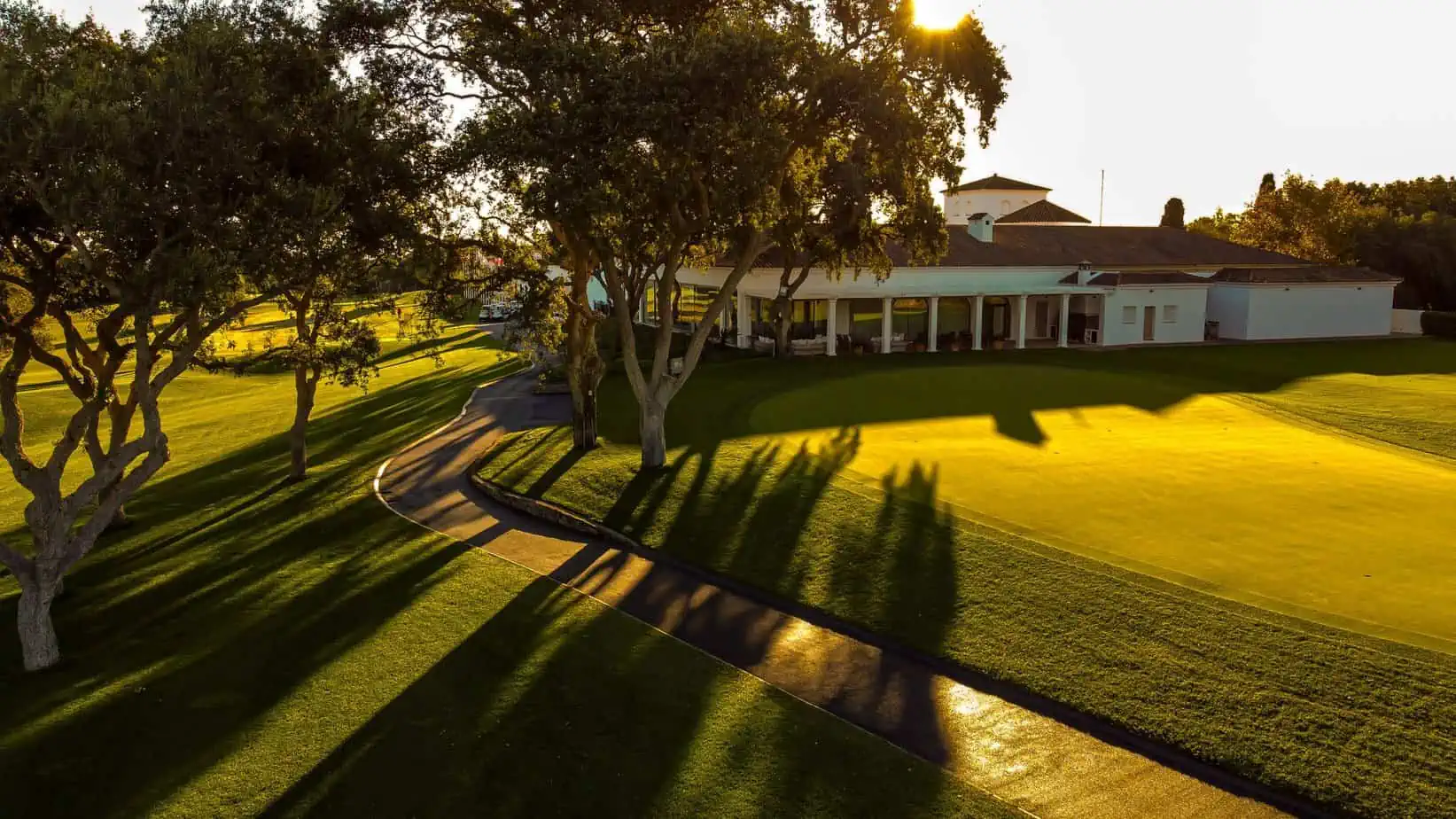Valderrama’s change program in water management
With the ongoing drought, the Spanish media and public are debating the role of golf courses in water use. We asked Javier Reviriego, general manager of Real Club Valderrama, the leading golf facility in Spain. The top club already caused a stir last year when it built a huge storage pond to provide irrigation for the golf course.
We read a lot about the drought in Spain. How full is the water reservoir in Real Club Valderrama?
Javier Reviriego: The reservoir is completely full. We are prepared for the summer. We managed to fill it up in December when it rained quite a bit, and we’ve had some rain in the last two or three weeks as well.
But Valderrama is also affected by the discussion about the water hierarchy in Spain….
Javier Reviriego: Oh, certainly. From my point of view, this is primarily a political discussion. It’s pretty easy to target the golf industry when discussing this topic. But if you look at the facts, you find that the water consumption of golf courses in Andalusia represents 0.4% of the total water consumption. And 90% of golf courses use recycled water (dirty water). In Andalusia, massive investments were made 20 years ago in the construction of recycling plants. If you look at the facts, it is very easy to end the debate.
Real Club Valderrama has decided to build a huge dam, but have you also changed the water management of the course?
Javier Reviriego: We have implemented several things. We saw this problem coming ten years ago. Six to seven years ago, we invested in the best irrigation system available, which is fully digitized. We can control each sprinkler independently; we have three-stage fairway irrigation. In 2015 and 2016, we invested over two million in this brand new system. We have also decided that it is not necessary to irrigate the entire golf course. For example, many areas that were previously planted with grass have been replaced with mulch, such as under the trees. This has enabled us to reduce water consumption for irrigation by 15% and take more than 600 sprinklers out of service. In addition, we have invested heavily in our two wells, pumping system and pipes over the past two years to ensure they are being used to their fullest potential.
Have you changed anything about the grasses as well?
Javier Reviriego: We have Bermuda grass on the fairways, but we test a lot with Zoysia grass, for example on the par-3 course, so we might change something in the future. We do not sow the place in the winter, because we need a lot of water for it. And our off-season is in December, January and February, so the brown color doesn’t hurt us that much.
How aware are members of the need to take a more sustainable approach to water management and greenkeeping?
Javier Reviriego: Very consciously. This club belongs to the members. So when we invested over one million euros – apart from the two million for the irrigation system – for the reservoir and all the projects, we needed the approval of the members. But the members were so confident in this decision that we made these measures a top priority.
How important is it to communicate golf’s sustainability efforts going forward? There seems to be an image problem if we follow the media coverage of the last months in Spain.
Javier Reviriego: The golf industry as a whole is very aware of environmental issues. But we don’t communicate that very well. Sometimes we feel like we are being criticized for everything we do. It looks like our PR strategy is not very effective in this regard. I think there is a tendency to change this.
How important would the support of top professionals be?
Javier Reviriego: The professionals do not talk about sustainability. The whole environmental issue is not as important in the U.S. as it is in Europe. The golf industry is much more established there because many more people play golf, and the golf industry has much more power and a bigger lobby. In Europe, we still have the problem that golf is seen as an elitist activity in many quarters. We certainly have a problem with all the environmentalists, not just with the water, but with the chemicals. Most major tournaments are played in the U.S., and you’re right, it’s not a big issue for most pros. I think the R&A is doing a good job; it is putting sustainability at the forefront of its activities. But the voice of the top professionals would help.








